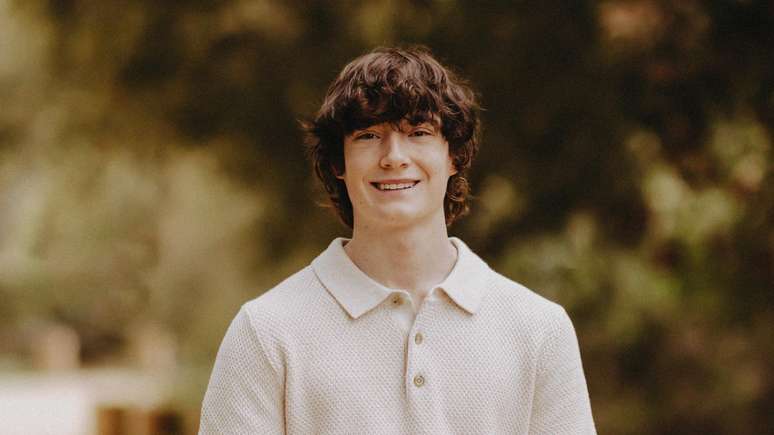The long-awaited series Seinepresented as a world premiere on Netflix last Friday (29th), it portrays the life of Ayrton Senna, icon of global motorsport. With six episodes of 45 minutes each, the production stands out for its use of cutting-edge technology, unprecedented visual effects and a carefully composed soundtrack to capture the essence of the tracks and the personal dramas of the three-time Formula world champion 1.
Under the direction of Vicente Amorim, the series combines advanced technology and narrative rigor, resulting in an immersive experience that promises to delight both motorsports fans and the general public.
LED technology offers unprecedented realism
One of the most surprising innovations of Seine was the pioneering use of LED technology for filming Formula 1 in Brazil. Combining safety and artistic control, the technique allowed close-ups of actors to be captured in the studio, while stuntmen performed racing scenes on real tracks.
Cinematographer Azul Serra explained the complexity of the process. “It’s virtually impossible to get actors to drive a real Formula 1 car. It’s not safe, it’s not fast enough.” To overcome this challenge, close-ups of the actors were recorded in a controlled environment, using simulators (movement basis) which recreated the movements and atmosphere of the races.
The LED panels projected real images captured on the original tracks, complemented by visual effects that recreated the circuits as they were decades ago. “We had to bring all the cars from Argentina to Brazil, place them inside the studio and work with these images together with the car in motion, with the wheels turning in the motion base (a racing simulator), with the flowing atmosphere, with performance racing, which meant a lot of training,” explained Serra.
Vicente Amorim, general director of the series, highlighted the innovation. “It is not the first time that LEDs have been used in Brazil, but it is certainly the first in the history of Formula 1.” He added that “the result was extraordinary”. Amorim also highlighted the level of realism achieved: “I think we are filming these races in a way that has never been done in Brazil, using a lot of technology.”
Visual effects by Seine it could represent a milestone for the Brazilian audiovisual sector
The visual effects of Seine were another highlight of the production, under the supervision of Marcelo Siqueira and the collaboration with the renowned Scanline VFX. Brazilian companies also participated in the project, creating a technological heritage for the national market.
One of the most striking examples was the reconstruction of the 1984 Monaco GP, famous for its heavy rain. Filmed under the strong Uruguay sun, the scenes required a creative solution: the construction of a 300-metre black roof, the largest ever used on a set in Latin America. This structure allowed the weather conditions of the race to be simulated, while the visual effects completed the scenario.

In the studio, the team recreated solar lighting to follow the curves of the cars. Serra explained that it was necessary to recreate the sunlight in the studio so that as the car turned, the light changed sides, similar to reality.
The soundtrack offers a dramatic and emotional component
The soundtrack of Seinecomposed by Lucas Marcier, it was designed to highlight both the moments of tension on the tracks and the intimate aspects of the driver’s life. The team included around 12 professionals, including musicians and producers, to create original themes following Ayrton Senna’s victories, political conflicts and personal relationships.
Marcier commented on the challenge of composing the 1984 Monaco GP sequence “It’s basically ten minutes of uninterrupted music,” he remarked. “The race is a work in itself.” Additionally, three main themes were created: one for political plots, another for romantic relationships, and a main theme used in victory sequences.
The rich sound was complemented by the work of Gabriel Gutiérrez, sound designer of the Spanish company DB less sweetwhich brought an international approach to the project, ensuring an immersive experience that matches the visual scenes.
The post Senna: How Netflix used technology to create Formula 1 realism appeared first on Olhar Digital.
Source: Olhar Digital
Rose James is a Gossipify movie and series reviewer known for her in-depth analysis and unique perspective on the latest releases. With a background in film studies, she provides engaging and informative reviews, and keeps readers up to date with industry trends and emerging talents.








